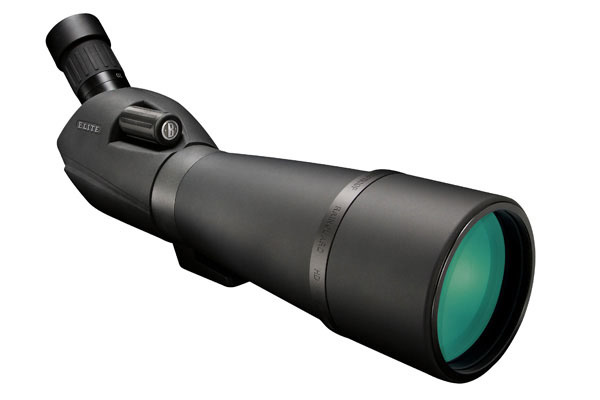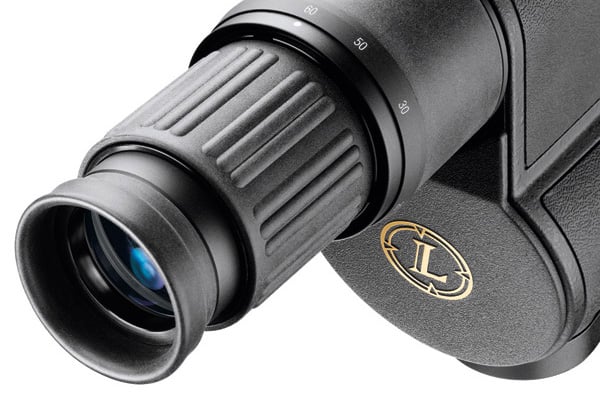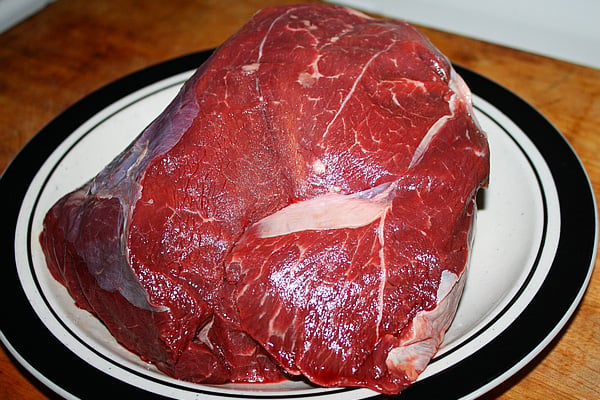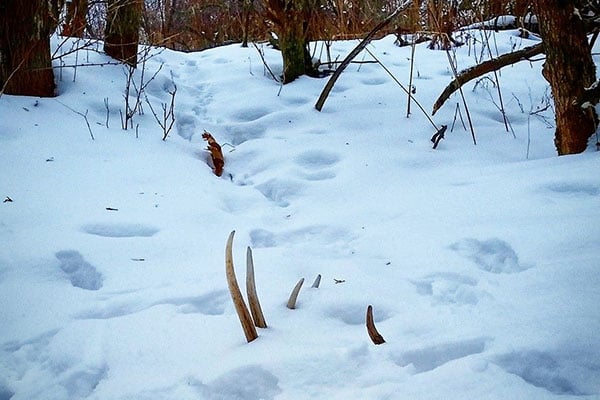Last Updated on
By David Link
So you’re in the market for a new spotting scope. With all the brands and versions out there, it’s hard to know where to start, but not to worry, we’ve put together this basic guide to get you on the right path. The first place to start is to choose a brand name you can trust, but from there, you need to know some other basic information before you can make your final choice. Let’s examine the basics of selecting a spotting scope.
Angled Vs. Straight Eye Piece
The first distinction you want to make in your search for a spotting scope is eyepiece (piece of glass that faces the user’s eye) style. There are two major types: angled and straight eyepieces. Straight eyepieces are more useful for spotting objects that are parallel with your head. This includes on the fly spotting like from a vehicle or car based birding where you park and jump out of the vehicle for only a few minutes. Where these scopes can be of disadvantage is when you’re viewing objects that are significantly higher or lower than you like mountain goats on the hillside above.

Angled scopes generally provide the view more versatility, especially if they are scouting varying terrain like mountains, hillsides and valleys. You can point the scope up or down as the situation calls for it, and then move to another target without stooping down to adjust the tripod or crouching down at an uncomfortable angle. Angled scopes are a must for amateur star gazers, high country hunters, or those who plan to spot in terrain that doesn’t provide much extended flat surface. However, if you’re spotting at the rifle range, in flat fields, or otherwise flat terrain, you’ll find the straight scope to be more advantageous.

The Best Spotters Are Fully Multi-Coated
When in doubt, and if you can afford it, choose fully multi-coated optics in a spotting scope. It’s really simple, the more coatings the better, and while you can get away with multi-coated optics just on the objective lens (or piece of glass that faces outward at targets), you’ll be glad you added coatings to both the objective lens and the eyepiece when the drizzle starts to fall and you’re tracking a trophy buck in the field. For those unfamiliar with the coating types, you can break them down into four categories: coated, fully coated, multi-coated, and fully multi-coated. Coated optics have one coating on one surface of glass (usually the objective lens) to encourage light transmission and fight reflection on the glass. Fully coated optics have one coating on both the objective lens and the eyepiece, and multi-coated optics have several coatings on one surface (once again, usually the objective lens). Fully multi-coated optics provide the best light transmission and clearest image with several coatings on both ends of the optic. These can include various anti-reflective, scratch-resistant, and water-resistant (or “water beading”) coatings. Opting for a fully multi-coated optics will ensure that your glass surfaces perform well and are protected from unnecessary damage.
Backpack Or Stationary Spotter?
Spotting scope weight can be very important if you’re hiking several miles per day in your hunting, birding, or wildlife adventures. In addition to water, food, extra clothing, firearms, and whatever else you’re towing, a heavy spotter with a gigantic objective lens might not be the best choice if you’re in the market for a backpacking scope. However, if you only plan to tote your spotter a short distance, a heavier scope with a larger objective lens is definitely something to consider. Larger objective lenses can provide superior field of view, and that makes all the difference when you’re trying to pick out illusive wildlife against expansive terrain.

In the same vein, backpacker scopes or any scopes that will be used extensively in the field should have waterproof, fogproof, and dustproof resistances. Sure you can be careful, and if you only plan to spot near your car, it is of lesser concern, but a good weatherproof scope is an investment you won’t regret. After all, mother nature is unpredictable, and these upgrades are common and a very affordable option on most scopes.
How To Measure Magnification And Lens Size
While we’re discussing objective lens sizes, you’ll need to know how to measure what you’re buying. It’s a simple two number figure separated by a “x.” Probably the most common spotting scope dimensions are a 60x80mm scope. The first number is the magnification power of the scope, and this is measured in how many times closer than the naked eye the optic displays. This means that a scope with no magnification would be 1x or our example scope would be 60 times closer than what you can see with the naked eye. The second number after the “x” is the size of the objective lens, and this is measured in millimeters. In this case, our objective lens is 80mm wide, which is a pretty sizable lens capable of gathering a good amount of surrounding light. Rifle scope lenses are generally 20-50mm wide for contrast. Just remember that the wider the objective lens the heavier the optic. One last measurement to note is variable magnification, which is measured with a dash between two numbers that precede the “x”like this: 40-60x80mm. Variable magnification scopes allow you to dial up the magnification when you have your desired target in the viewfinder, and then you can dial the magnification back as you scan for new targets.
Eye Relief
Another important factor to pay attention to in a spotting scope is eye relief. This is the maximum distance the viewer’s eye can be away for the eyepiece and still see an image through the scope. Eye relief is measured in inches, and superior eye relief usually measures around 4 to 4 1/2 inches. While good eye relief isn’t as critical in spotters as it is in rifle scopes (because of “scope eye” damage that is caused by recoil pushing the eyepiece into the viewer’s eye), it is still an important spec to pay attention to in a spotter. Quality eye relief provides for a more pleasant viewing experience and it can make all the difference if you wear glasses.

Summary
Just by asking yourself some simple questions like “where am I going to use this spotting scope” and “what quality and longevity do I want,” you can really narrow down your choices when evaluating spotting scopes. Then when you get to the final decision of what magnification power do I want, you can draw upon the preferences you already laid out. High magnification power is especially desirable in spotting scopes, but if you’ll be scanning for game a lot, make sure that you choose either variable magnification or a medium power magnification so your field of view isn’t too constrained. A good quality spotter should last you a good amount of years, so unless you’re only a casual wildlife watcher, buy something with high quality optics, fully multi-coated glass, and weatherproofing. Finally, get out there more often and enjoy the stunning clarity that a spotter can bring to the wilderness or the rifle range.
Thumb and image three courtesy of Wikimedia Commons.
Check out our other articles on optics:











